Cat Fever Causes, Symptoms, And Treatments
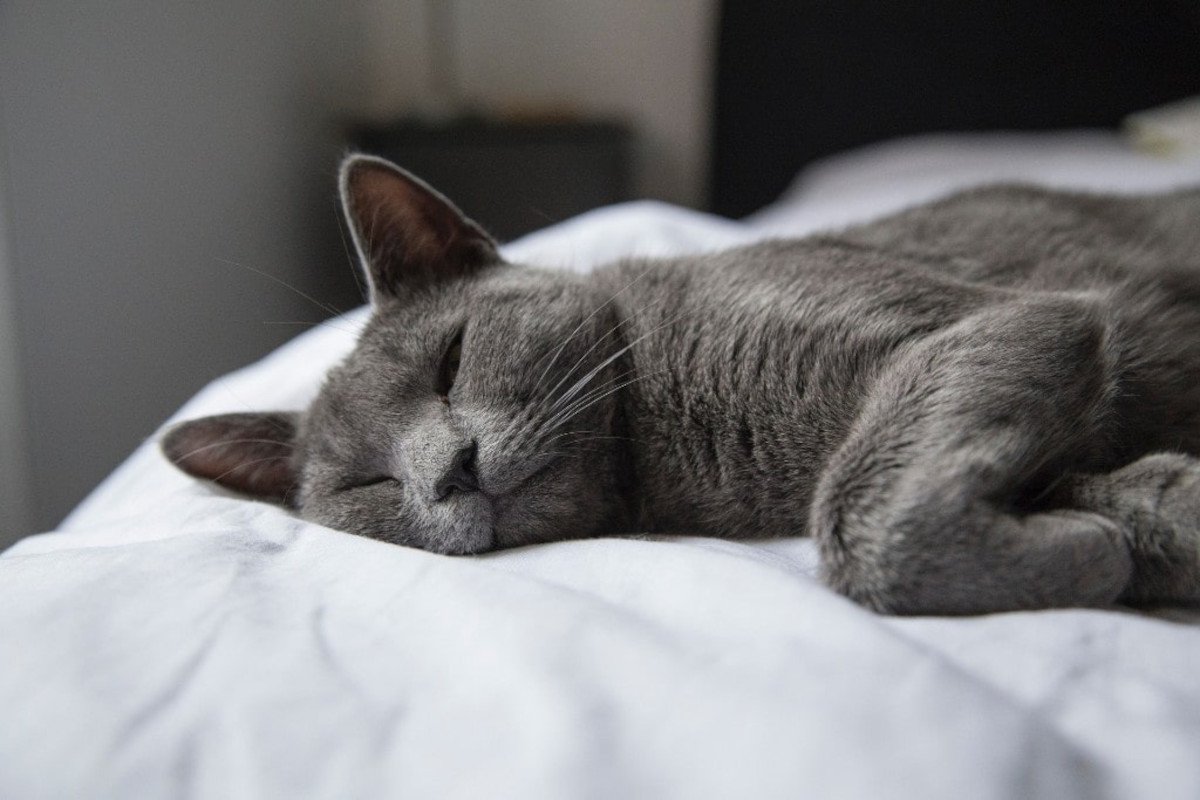
Cat Fever Causes, Symptoms, And Treatments. When your cat develops a fever with a body temperature that’s higher than normal it’s known as hypothermia. It develops when the part of your cat’s brain that acts as the thermostat isn’t functioning properly.
You can’t actually tell if your cat has a fever as feeling hot to the touch isn’t one of the signs. And diagnosing a fever in your own home can be quite unpleasant for you and your feline friend. A digital rectum thermometer will give you the reading you need. But you may prefer your vet to carry out this procedure.
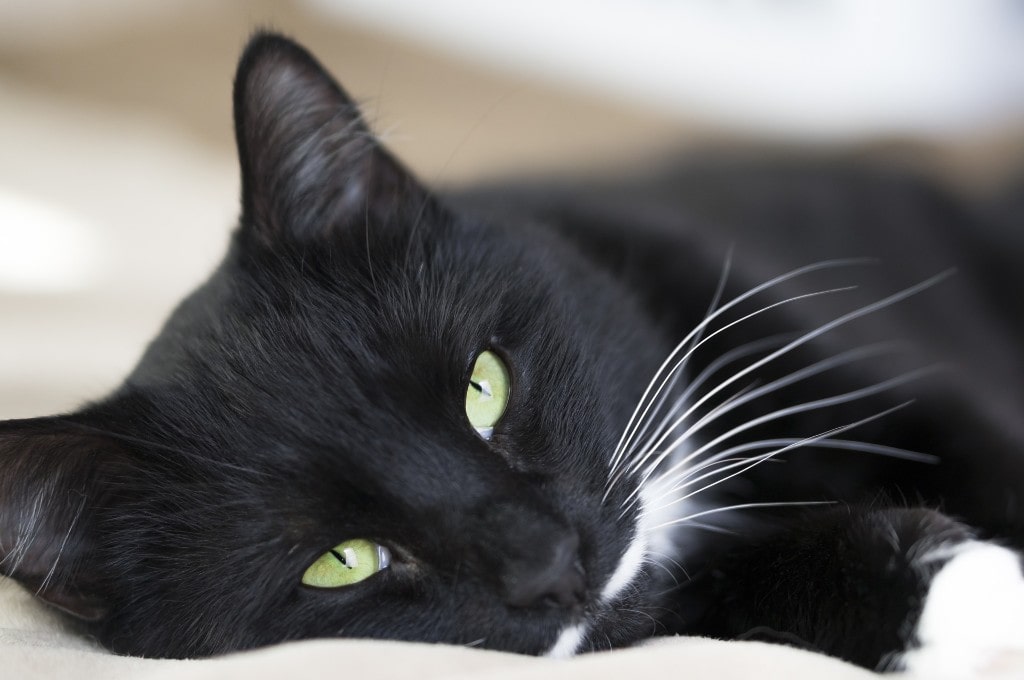
Taking Your Cat’s Temperature
Whether you or your vet undertake this process supplies will include a paediatric, digital rectal thermometer, lubricant, and thermometer cleaning products such as alcohol.
The mercury in the thermometer needs to be below the 35.55 degrees Celsius degree line (96 degrees Fahrenheit) to begin with. The tip needs to be coated with a generous amount of lubricant before being gently inserted about ½” into the rectum. Gently twisting the thermometer from side to side can help the muscles to relax.
When the thermometer beeps it can be removed and wiped with alcohol to clean it. The reading can then be taken. If the cat temperature is above 38.88 degrees Celsius (102 degrees Fahrenheit) you need to see your vet if you’re not already there.
Want to know more about cat fever: causes, symptoms, and treatments? Read on…
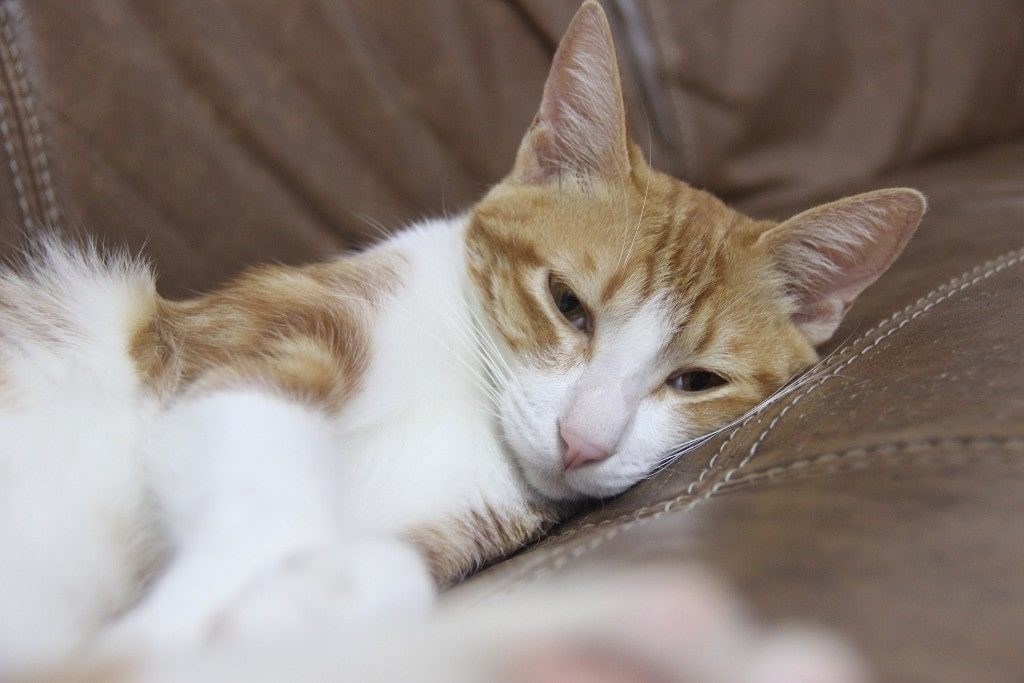
Cat Fever Causes
The cause of the fever may not be obvious. And is often considered a healthy biological response to a threat of disease. However, if your cat body temperature is high at least four times within a fortnight this will need medical attention. Causes include:
- Infections from bacteria, viruses, and parasites
- Inflammatory conditions
- Injuries or abscesses from fighting
- Drugs or toxins
- Endocrine diseases
- Metabolic diseases
- Immune disorders
- Tumours

Cat Fever Symptoms
Your cat may start to show specific signs of illness such as vomiting and diarrhoea, or sneezing. Other signs to watch for include:
- Loss of appetite
- Decreased drinking
- Reduced grooming
- Shivering or breathing rapidly
- Cats ears are hot
- Lethargy
- Lack of interest and energy
Do cats get colds? The answer to this question is yes. And is known as feline upper respiratory disease. Most colds last up to ten days and are generally not serious. However, some cats may develop pneumonia so symptoms need to be closely monitored.
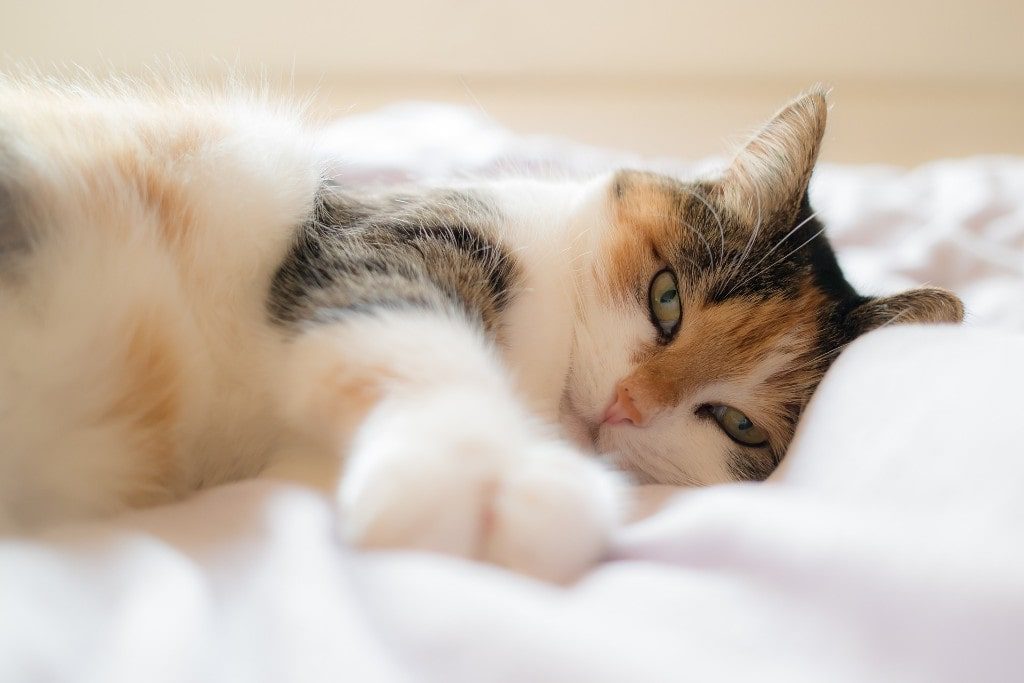
Cat Fever Diagnosis
As soon as you’re concerned you need to see your vet. Remember to take a list of all the things your vet will need to know to make an accurate diagnosis. Record:
- Your cat’s medical history, including any travelling
- Current medications
- Contact with infections
- Recent vaccinations
- Known allergies
- Insect bites
- Previous illnesses or surgery
After this consultation with you, a physical examination will be carried out. Subsequently, the vet will conduct routine tests such as blood count, biochemistry profile, and an in-depth examination of the properties of the urine to determine the presence of illness or disease.
Your vet may require to carry out more specific testing. They may need to use ultrasound and MRI technology to identify abscesses, infections, and tumours. Internal issues may need an endoscopy to determine obstructions or infection.
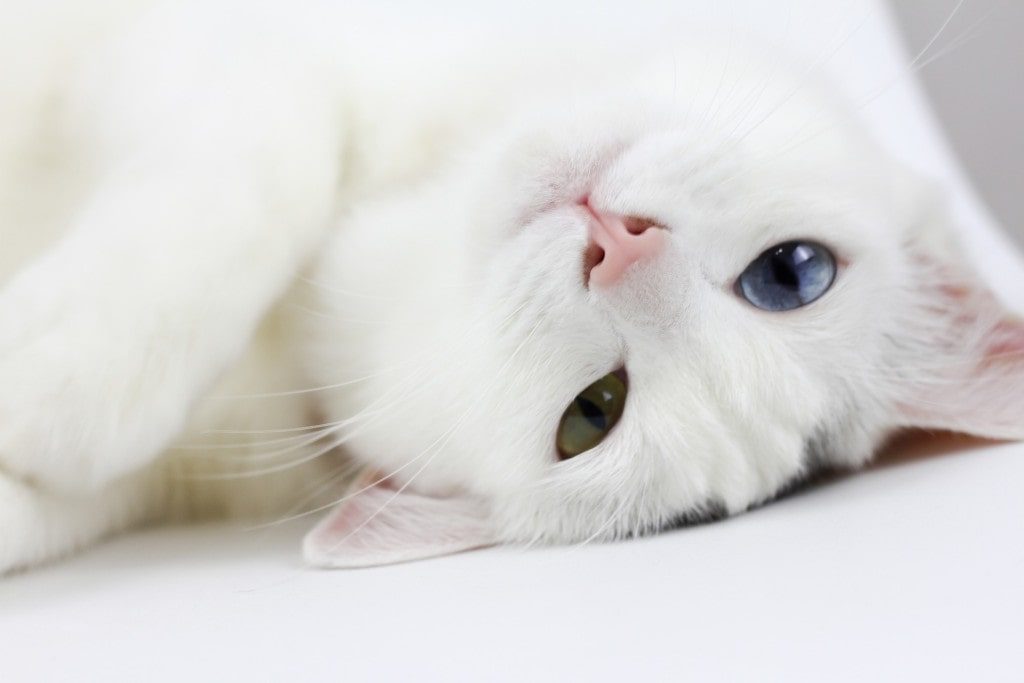
Cat Fever Treatments
Cats can often take antibiotics to treat fevers. In addition to this they will need hydration and plenty of rest. They also might need t0 take anti-inflammatory medications, and intravenous drips to avoid dehydration.
You may need to administer medications such as pills or liquids at home. And follow the treatment plan that your vet has discussed with you. Be sure to offer tasty small meals regularly. If your cat doesn’t feel well enough to eat solids, you’ll need a high-calorie liquid supplement.
Provide clean water and a nearby litter tray. A quiet and warm area with no distractions is ideal for recovery space. How to cool down a cat requires finding a calm, dark place for your cat to relax. And providing plenty of water. Brushing your cat regularly will remove excess fur. And air conditioning or a fan will ensure a constant air flow.
It may take several weeks for your cat to recover. Especially if the fever is of an unknown origin and takes extensive and invasive treatment to cure it. Your cat might need surgery to remove the source of infection that’s causing the fever. Also, the vet may administer drugs to lower your cat’s body temperature.
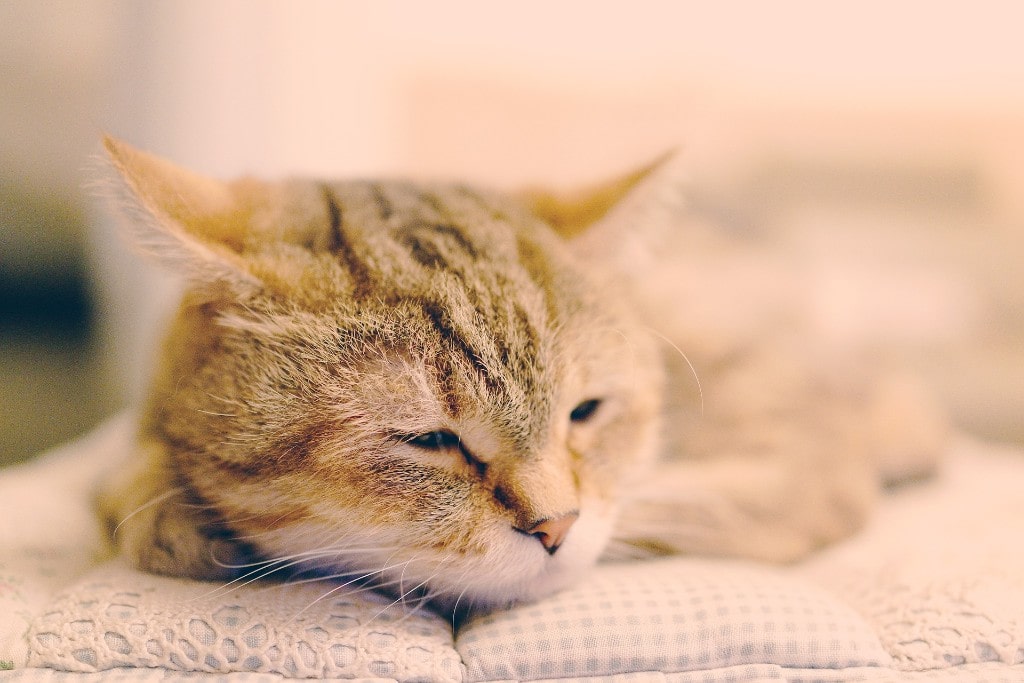
Home-Visit Vets
You’ll get all the personal help and support you need from end of life care professionals if cat euthanasia is your only and final option. After the vet has explained the process to you and you have no further questions, they will give your cat a gentle sedative. And will drift into a peaceful sleep. You’ll be able to hold your cat in your arms as the vet administers the anaesthetic to quietly stop the heart. Finally, the vet can discuss and arrange any aftercare arrangements with you.
Tags: cat ageing, cat euthanasiaCloud 9
To ensure accuracy, a professional vet has reviewed and verified the information presented in this article. It is important to note that when it comes to making decisions about euthanasia for your pet, there are no easy answers. It is always recommended to seek advice from your own veterinarian before making any decision.



